
A Short Background
What you’ll get: A glimpse into how the Voigtländer Vito B earned its reputation and why it still resonates with photographers today.
First introduced in the 1950s, the Voigtländer Vito B was designed as a portable 35mm viewfinder camera. Its combination of reliability, portability, and affordability made it a favorite among hobbyists and enthusiasts across Europe and beyond. Decades later, its simplicity and durability remain inviting for anyone curious about analog photography.
Imagine holding the Vito B fresh out of its leather case in the 1950s. The cool weight of the metal, the satisfying click of the shutter. You might wonder about its first owner—was it a student capturing a family trip, or an aspiring photojournalist documenting their changing city?

Key Technical Characteristics
What you’ll get: A practical overview of the camera’s design, focal system, and enduring build.
Lens & Optics
The Vito B is built around a fixed 50mm Color-Skopar lens—known for sharpness and beautiful rendering on 35mm film.
Shutter & Focusing
The leaf shutter runs from 1 second to 1/300, with a bulb option for long exposures. A zone focusing system means you’ll estimate distances manually—an excellent way to refine intuitive shooting.
Build Quality
Made with an all-metal body, the Vito B balances compactness and durability, surviving decades of use while still performing reliably.

Who Benefits from the Vito B in 2025?
What you’ll get: A guide to whether this vintage camera fits your style, workflow, and learning goals today.
The Voigtländer Vito B isn’t a relic—it’s a tool with a purpose for today’s photographers.
- Photography students: Learn exposure basics and manual technique without distractions.
- Street photographers: Benefit from its quiet shutter and small footprint.
- Enthusiasts: A low-cost way to experiment with European optics.
Handing a Vito B to a photography student today, they might notice first its lack of automation—forcing them to slow down, look, and think before each shot.
Creative Uses for the Vito B
What you’ll get: Inspiration on how to use this compact viewfinder to spark creative projects.
- Street photography in urban settings thanks to its discreet design.
- Travel documentation as a lightweight companion alongside digital gear.
- Experiments with expired films for dreamy textures and tones.

Techniques & Workflows for Better Results
What you’ll get: Practical guidance on shooting methods and exposure estimation with the Voigtländer Vito B.
The Vito B rewards practice with its manual settings. Zone focusing sharpens your ability to judge distances. Paired with the Sunny 16 rule, you can confidently shoot without a light meter. For more precision, consider using a handheld light meter or a smartphone app.
The first time you nail exposure without a meter, it boosts your belief in visual intuition—unlocking more confidence to explore film creatively.
Making the Vito B More Usable Today
What you’ll get: Film, accessory, and practical setup suggestions for modern film photography sessions with the Vito B.
Although fully mechanical, you can enhance usability with thoughtful choices:
- Film stocks like Kodak Gold, Ilford HP5, or CineStill 800T suit different styles.
- Accessories: A light meter app, compact camera strap, or a small pouch.
- A lightweight carrying setup makes all the difference for relaxed shooting days.

Second-Hand Buying Guide
What you’ll get: Straightforward advice to evaluate the Vito B when buying second-hand.
Before adding a Vito B to your collection, keep these points in mind:
- ✔ Shutter speeds distinct? (esp. slow speeds)
- ✔ Lens free of haze and fungus
- ✔ Focus ring turns smoothly
- ✔ Test film advance with dummy roll
- ✔ Viewfinder usable for composition
Finding a dust-covered Voigtländer Vito B at a flea market and restoring it is like breathing life back into a forgotten story—suddenly, a camera is ready to shoot again.
Final Thoughts
What you’ll get: A summing-up of why the Voigtländer Vito B continues to inspire analog photographers.
The Vito B bridges simplicity with character—affordable, reliable, and creatively rewarding. It gives photographers a chance to slow down, focus, and rediscover the tactile joy of capturing light on film.
Quick decision
- Choose the Vito B if you want compact durability and beginner-friendly operation.
- Avoid it if you rely heavily on automation or built-in metering.
- Best paired with a light meter app or simple Sunny 16 exposure rule.
Pros
- Compact and portable design.
- Reliable mechanical operation.
- Sharp Color-Skopar lens.
Cons
- No built-in meter or automation.
- Manual zone focusing may feel limiting at first.
- Shutter speed range is modest compared to modern cameras.
FAQs
Is the Voigtländer Vito B a good starter camera for film photography? Yes, it’s easy to learn with manual controls, affordable, and durable—ideal for beginners.
What kind of film does the Voigtländer Vito B use? It uses standard 35mm film rolls, widely available in 2025.
How much should I pay for a second-hand Voigtländer Vito B? Typical condition-based prices are modest, making it accessible for collectors and beginners.
Does the Voigtländer Vito B need batteries? No, it is fully mechanical and operates without batteries.




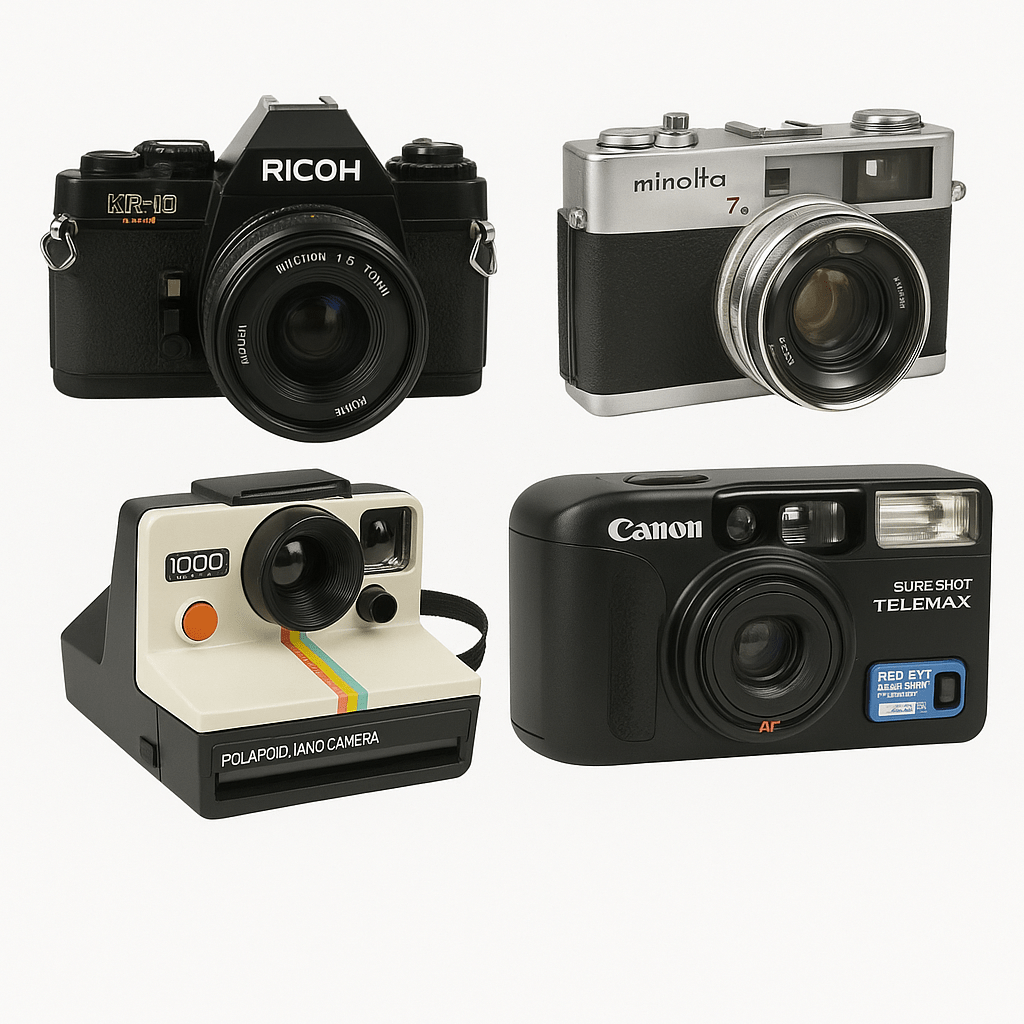
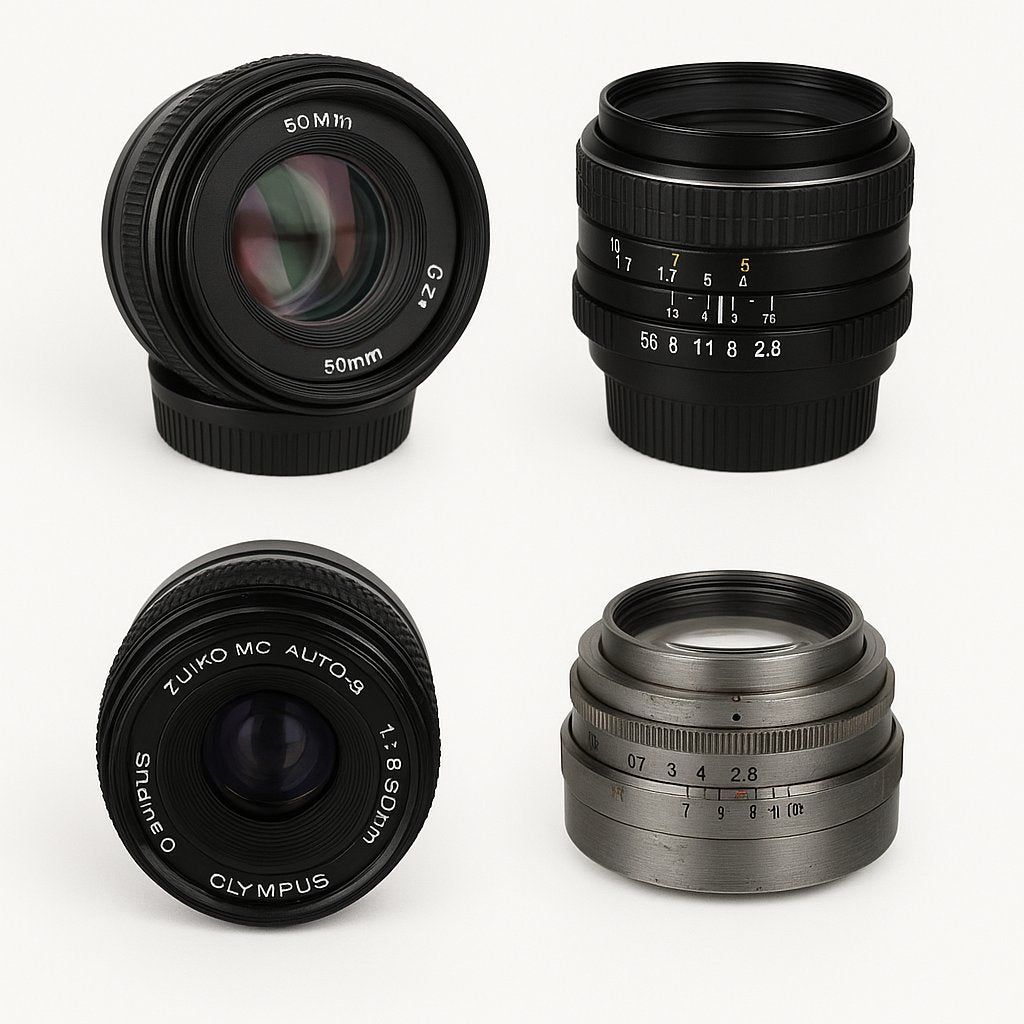
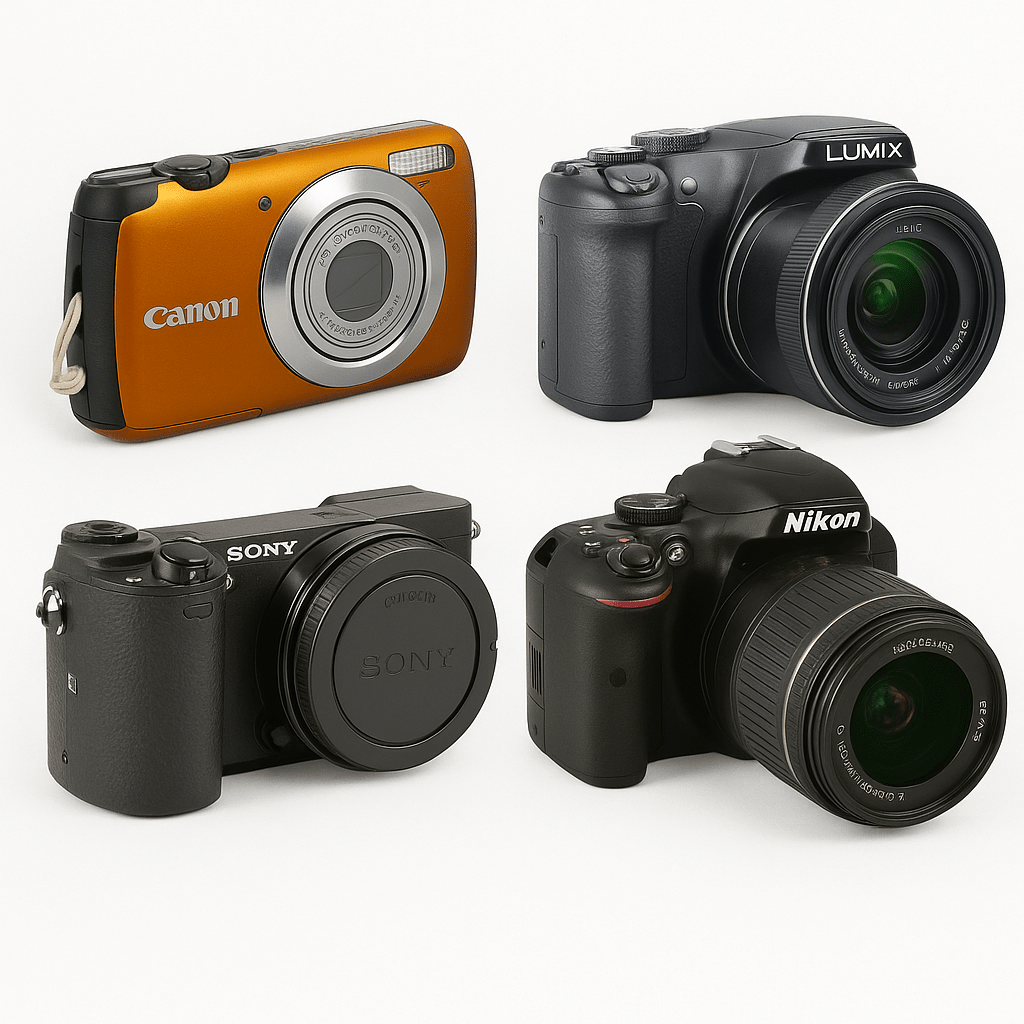
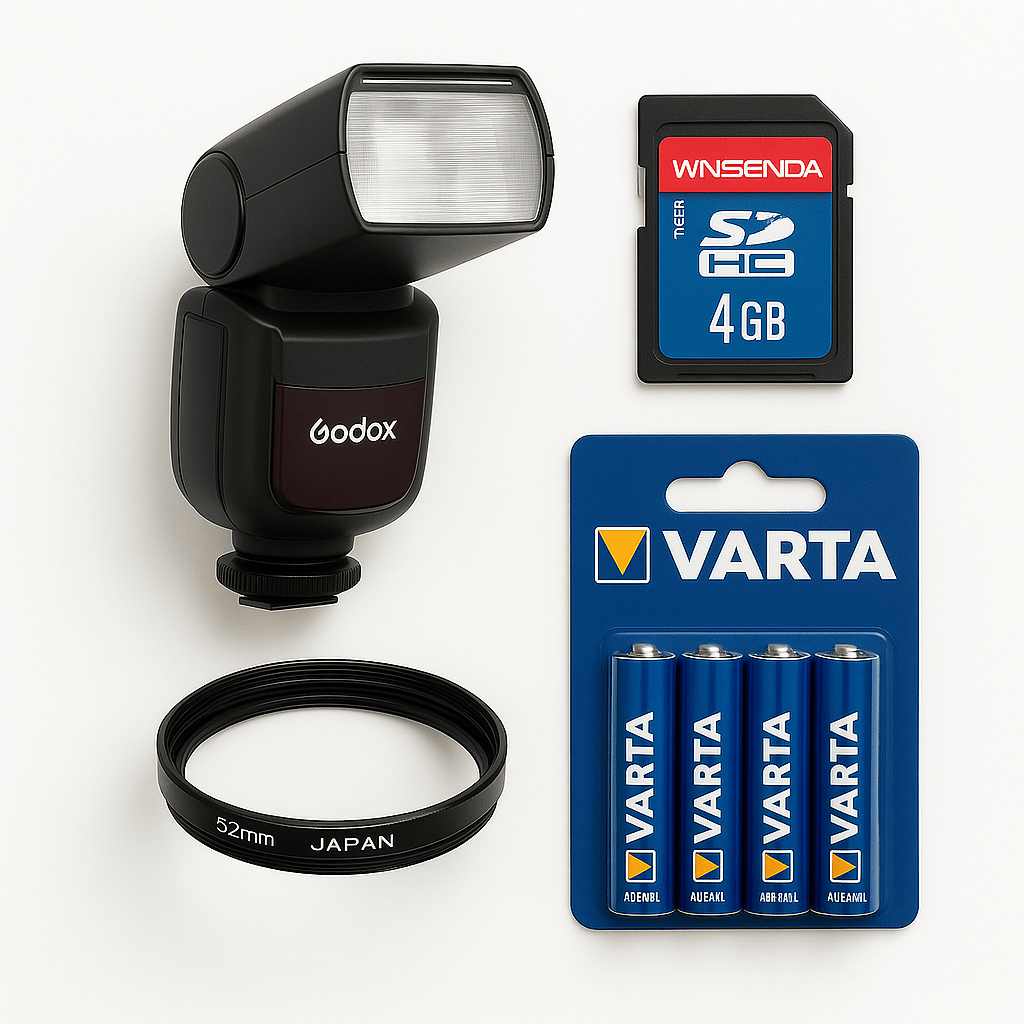
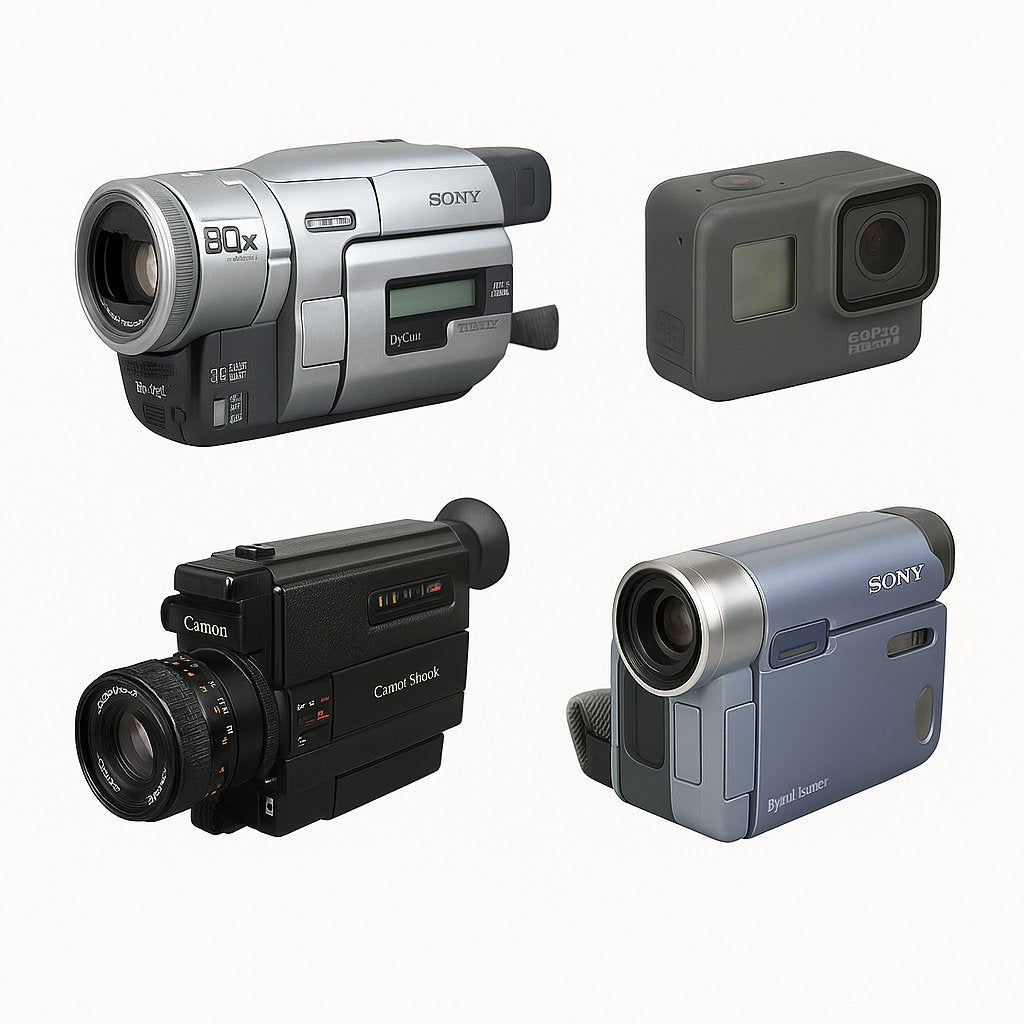
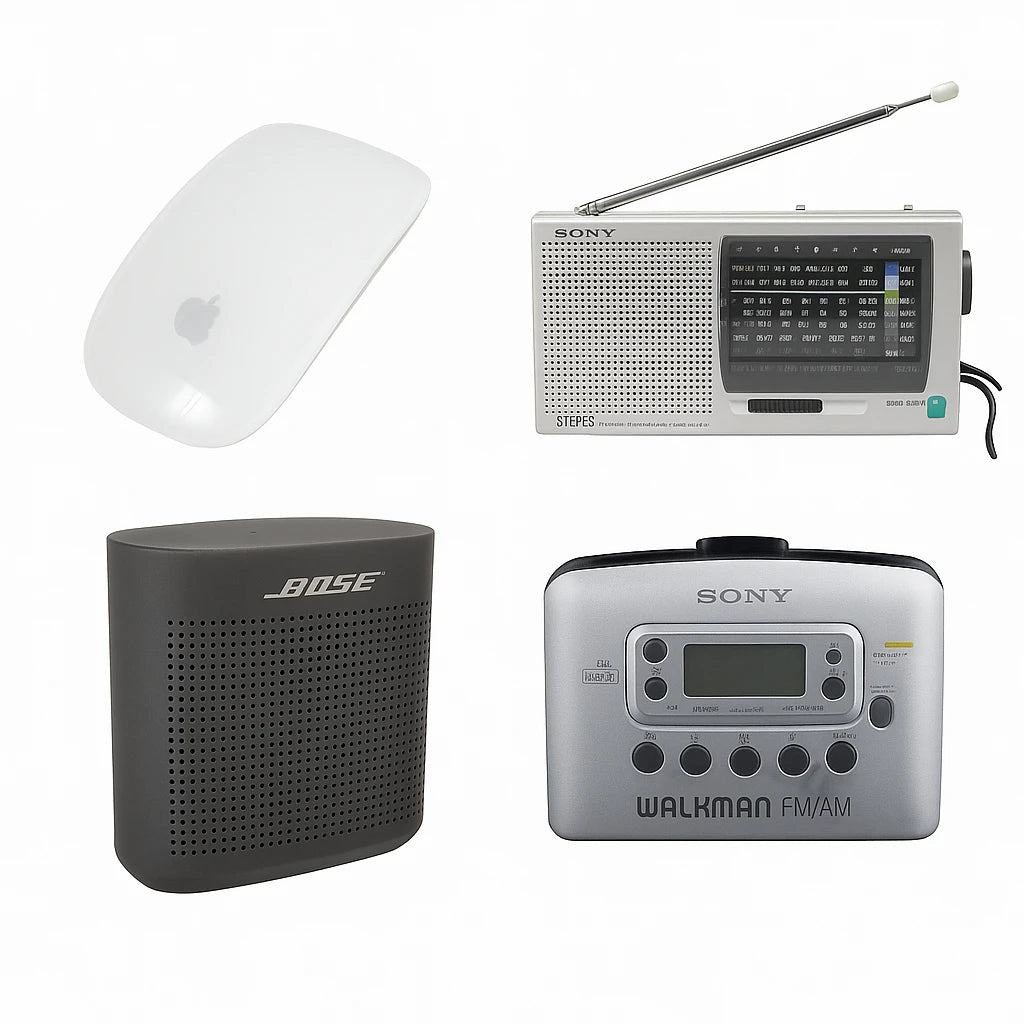
0 comments